Home
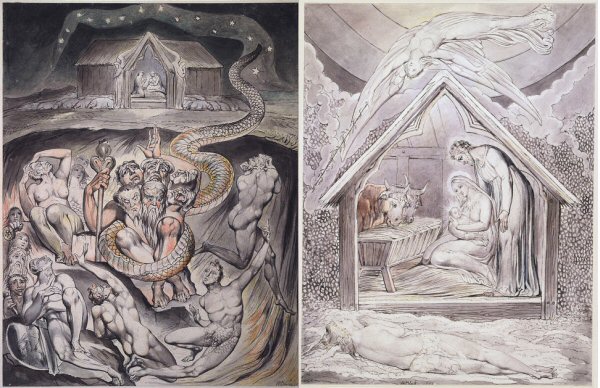 Christmas, Shadow, and the reconciling Feminine as pathways to the Self
Christmas, Shadow, and the reconciling Feminine as pathways to the Self
This article explores the deeper meaning of Christmas beyond its commercial trappings. From the hidden dimensions of the Self to the archetypal roles of Mary and Joseph, the author guides readers through a rich journey of inner reflection and spiritual renewal, revealing how Christmas can serve as a catalyst for personal and collective transformation.
Rachel Huber
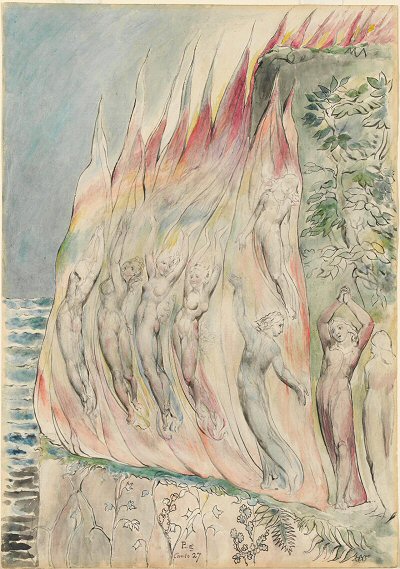 Dante and love in C.G. Jung’s Red Book
Dante and love in C.G. Jung’s Red Book
This ardent article explores Dante’s Commedia as a visionary journey shaped by love, showing how C.G. Jung found in it a model for his descent into the unconscious. Moving between fire and form, eros and logos, the analysis culminates in love not as dogma but as enigma: a force that animates visions and calls the “I” into service of the soul.
Tommaso Priviero, PhD
Also read Tommaso Priviero’s reflective essay about his book Of Fire and Form: Jung, Dante, and the Making of the Red Book (preface by Sonu Shamdasani).
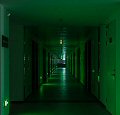 Wandering in the Backrooms: Liminal spaces, digital myth, and a Jungian reading of the Void
Wandering in the Backrooms: Liminal spaces, digital myth, and a Jungian reading of the Void
This diptych explores the Backrooms as a contemporary figure of katabasis, a descent into the collective unconscious in the digital age. Between disintegrated mythology, the anxiety of emptiness, and liminal aesthetics, the article brings video games, cinema, and contemporary art into resonance with Jungian thought.
Dragana Favre, PhD
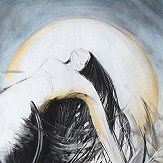 Radical ordinariness: John McNeil and the alchemy of jazz
Radical ordinariness: John McNeil and the alchemy of jazz
Trumpet artist Ryan Nielsen explores jazz through the lens of alchemy in homage to his mentor, John McNeil. A waking dream image pulled him from his Mormon upbringing to Boston to study with McNeil, whose approach centers on radical ordinariness and self-acceptance as the heart of the alchemical opus. The piece is threaded with musical links.
Ryan Nielsen, DMA
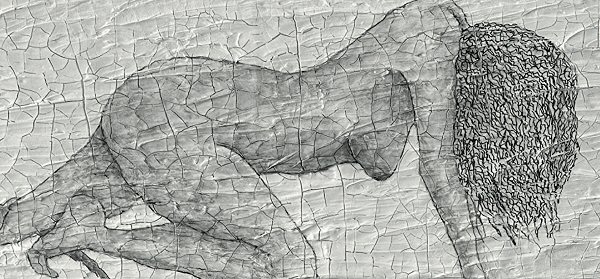 Exploring the Puella archetype: Girl unfolding
Exploring the Puella archetype: Girl unfolding
Puella represents the young feminine on the brink of becoming and at a crossroads. This article explores this feminine archetype through archetypal images, etymology, and its alignment with the mythological maiden. We learn about ourselves by examining the puella’s roles and enactments, assumptions and perceptions, acquired consciously and unconsciously.
Susan E. Schwartz, PhD
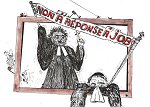 Answer to Job: Jung and his critics
Answer to Job: Jung and his critics
This article explores Jung’s 1951-1954 correspondence with theologians such as Victor White and Dorothee Hoch in order to delve into the contentious reception of « Answer to Job ». This analysis highlights the key arguments and insights from these letters, providing a deeper understanding of the criticisms Jung faced.
Ariane Callot, Doctor of philosophy
 The hands of Orpheus
The hands of Orpheus
A strange, luminous dream unfolds: Orpheus addresses an assembly, bringing calm, until Eurydice enters with lit candelabra—only to realize they are Orpheus’s hands. This symbolic and contemplative essay weaves together dream imagery, myth, and Jungian themes to explore the archetypal significance of the hand.
Claire Droin
 Falling in love with life
Falling in love with life
Bringing together Bergson’s élan vital, Deleuzian difference, Jung’s concept of libido, contemporary cognitive neuroscience, and the neural networks of AI, this article explores falling in love with life as a universal archetype of transformation, demonstrating a single underlying movement: the possibility of becoming Other.
Dragana Favre, PhD
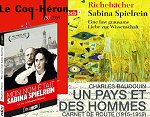 Sabina Spielrein’s life and destiny
Sabina Spielrein’s life and destiny
This article draws on Jungian typology to offer a fresh perspective on Sabina Spielrein’s complex journey. Tragically, the destructive forces that Spielrein insightfully described in 1912 and relentlessly opposed throughout her life would ultimately prevail.
Jean-Pierre Robert
 Shadow and Evil in Star Trek
Shadow and Evil in Star Trek
In light of Jungian analyst Erich Neumann’s theories of the New Ethic, I explore the collective unconscious in its devouring and destructive shadow aspect, as illustrated by the Borg in Star Trek.
Series by Peggy Vermeesch, PhD
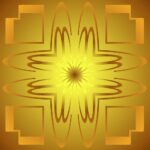 Homeopathy and synchronicity
Homeopathy and synchronicity
In accordance with the work of C.G. Jung, this article explains how homeopathy can escape the law of causality in some aspects by relying on meaning through meaning: synchronicity.
Bernard Long, M.D.
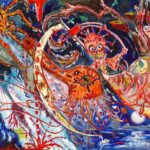 C.G. Jung, Gerard de Nerval, and Aurelia
C.G. Jung, Gerard de Nerval, and Aurelia
This essay illustrates the all-time importance of facing your shadow. The article discusses why Jung was so deeply moved by French romantic poet Gérard de Nerval’s literary Aurélia.
Ariane Callot, Doctor of philosophy
 Toni Wolff’s structural forms of the feminine psyche
Toni Wolff’s structural forms of the feminine psyche
As a complement to C.G. Jung’s theory of the psychological functions Wolff developed an innovative theory of the feminine psyche. One path to individuation is integrating all four structural forms or types. This is equally true for women and men, regardless of their gender identity or sexual orientation.
Peggy Vermeesch, PhD
 Dune: Was Frank Herbert inspired by C.G. Jung?
Dune: Was Frank Herbert inspired by C.G. Jung?
The release of the 2021 and 2024 Dune films reignited interest in Frank Herbert’s epic saga. This article examines how Jung’s theories—particularly his concepts of the unconscious—are reflected in Herbert’s work, with a focus on how some of Jung’s boldest ideas emerge in Whipping Star.
Ariane Callot, Doctor of philosophy
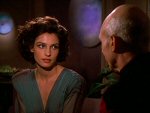 Holding the tension of the erotic transference: embodying Captain Picard in Star Trek’s “The Perfect Mate”
Holding the tension of the erotic transference: embodying Captain Picard in Star Trek’s “The Perfect Mate”
This article explores how a therapist can accompany the type of patient whose healing and transformation depend on being given a second chance to experience a healthy parental first love through the myth of Star Trek.
Peggy Vermeesch, PhD
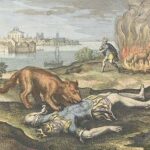 Crying wolf! The homeopathic remedy lycopodium clavatum
Crying wolf! The homeopathic remedy lycopodium clavatum
Lycopodium clavatum is a very important remedy in the homeopathic pharmacopoeia. It is haunted by its territory, by the concern of size and greatness. It is the remedy of the authoritarian crisis, of the separation from the symbiosis where the subject is confronted with the paternal function.
Bernard Long, M.D.
The need to acknowledge the archetypal forces within
 The archetypal forces that are active deep within our unconscious call for expression, somehow, whether we ask for it or not, and whether we want it or not. Our ego is instrumental in reducing the raw power of these archetypal forces.
The archetypal forces that are active deep within our unconscious call for expression, somehow, whether we ask for it or not, and whether we want it or not. Our ego is instrumental in reducing the raw power of these archetypal forces.
Peggy Vermeesch, PhD
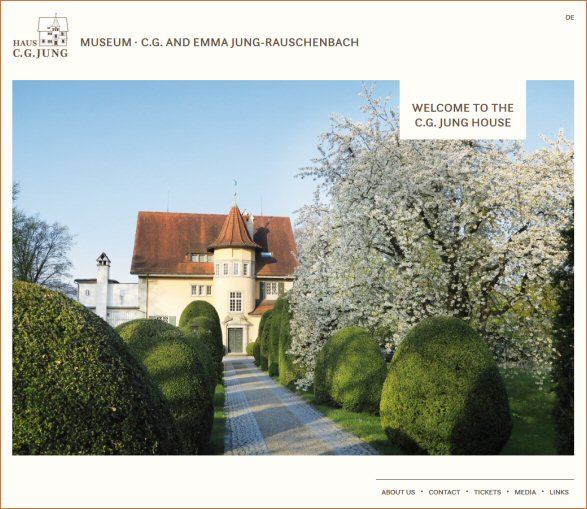 The Museum C.G. Jung House in Küsnacht
The Museum C.G. Jung House in Küsnacht
Jung’s House is managed by the Foundation C.G. Jung Küsnacht and can be visited. The museum was established in 2002 with the goal of keeping the memory alive of C.G. Jung and his wife and associate, Emma Jung-Rauschenbach (1882-1955).
 Subscribe to our newsletter
Subscribe to our newsletter
By subscribing to our newsletter, you will receive updates directly to your inbox on newly published articles, interviews, book presentations, top picks, and events from the Jungian world.
 Exploring paradox in the analytic process: An interview with Martin Schmidt
Exploring paradox in the analytic process: An interview with Martin Schmidt
Drawing on Jungian and psychoanalytic thought, Martin Schmidt reflects on the concept of the Self, his work with psychotic patients, cultural complexes in Russia and China, the role of beauty, art, and the sublime, temporality, the breaking of the analytic frame, and eroticized trauma.
Interview by Peggy Vermeesch, PhD
Also available as a video interview.
 Individuation of Analytical Psychology: An interview with Mark Saban
Individuation of Analytical Psychology: An interview with Mark Saban
Mark Saban, author of Two Souls Alas: Jung’s Two Personalities and the Making of Analytical Psychology discusses the book’s core premise, its clinical implications, and his motivations for writing it. He argues that for the Jungian world to individuate, the personal and the archetypal must meet and be brought into tension with one another.
Interview by Peggy Vermeesch, PhD
 The Decline of Sexuality: An interview with Luigi Zoja
The Decline of Sexuality: An interview with Luigi Zoja
Luigi Zoja reflects on the ongoing decline of sexuality, shedding light on a significant issue that has long been overlooked. He examines the complexities and paradoxes facing contemporary generations as they navigate this profound transformation.
Interview by Claire Droin
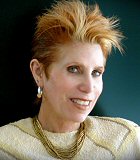 Unrequited Love, Father Wound, and Fragility of Self: An interview with Susan Schwartz
Unrequited Love, Father Wound, and Fragility of Self: An interview with Susan Schwartz
Susan Schwartz reflects on the impact of unrequited love in daughters of an absent father and gives voice to misunderstood figures such as the Puella and Echo—archetypal aspects within us that carry the undervalued potential for depth, growth, and healing.
Interview by Peggy Vermeesch, PhD
Also available as a video interview.
 Theater of Shadows & In Search of the Self: An interview with Lucas Costanzi
Theater of Shadows & In Search of the Self: An interview with Lucas Costanzi
The Brazilian filmmaker Lucas Costanzi discusses his two documentaries inspired by Jungian thought: Theater of Shadows and In Search of the Self. These films explore the significance of the shadow and the inner journey that leads to our deepest self: a path that distances us from the influences of the surrounding collective.
Interview by Jean-Pierre Robert
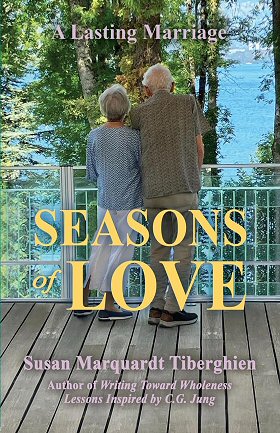 Darkness and Light in Seasons of Love: An interview with Susan Tiberghien & Catherine Chevron-Tiberghien
Darkness and Light in Seasons of Love: An interview with Susan Tiberghien & Catherine Chevron-Tiberghien
Susan Tiberghien discusses her memoir Seasons of Love: A Lasting Marriage, recounting her 66-year journey with her French husband, marked by joy, faith, and the courage to confront sexual abuse within the larger family. With her daughter Catherine, she reflects on the alchemical stages of love and transformation, beginning with the nigredo, and moving toward an ever-deepening coniunctio.
Interview by Peggy Vermeesch, PhD
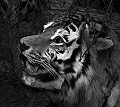 When Psyche speaks in images: An interview with Yury Li-Toroptsov
When Psyche speaks in images: An interview with Yury Li-Toroptsov
From the Russian taiga to the C.G. Jung Institute in Zurich, Yury Li-Toroptsov has followed a path shaped by images, working as a coach and analyst-in-training with dreams, fairy tales, and visual symbols, while also practicing as a photographer. For him, images are fundamental expressions of the psyche, revealing what words cannot, connecting us to hidden parts of ourselves, and guiding inner exploration and transformation.
Interview by Jean-Pierre Robert
 From neuroscience to the depths of the psyche: An interview with Dragana Favre
From neuroscience to the depths of the psyche: An interview with Dragana Favre
Dragana Favre, psychiatrist and doctor of neuroscience, blends scientific rigor with a deep sensitivity to the psyche and the major upheavals of our time. In this interview, she reflects on her unique journey, where science meets Jungian psychology, offering fresh insights into the challenges we face today.
Interview by Jean-Pierre Robert
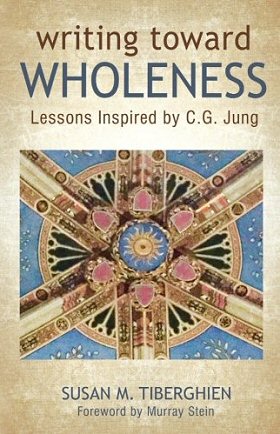 Writing Toward Wholeness: An interview with Susan Tiberghien
Writing Toward Wholeness: An interview with Susan Tiberghien
Susan Tiberghien reflects on her journey as a writer, the transformative power of journaling, and Jung’s influence on her work. She emphasizes the importance of keeping your own Red Book and writing to your soul.
Interview by Jean-Pierre Robert
 Humanity’s challenge in the face of Artificial Intelligence
Humanity’s challenge in the face of Artificial Intelligence
Advances in AI are making headlines. They offer promising prospects but also pose real threats. This article discusses several of these aspects and emphasizes the need to find a balance in response to these developments, starting with a return to self.
Jean-Pierre Robert
 Paranoia or Lucid Madness
Paranoia or Lucid Madness
In his book Paranoia: The Madness That Makes History, Luigi Zoja offers a multidimensional analysis of paranoia, illuminating historical events through a psychological lens. This essential read provides crucial insights into the dangers of this « lucid madness » and its implications for our contemporary world.
Top Pick by Claire Droin
 Narcissism in fairy tales such as Mary’s Child, Snow White and others
Narcissism in fairy tales such as Mary’s Child, Snow White and others
Growing up with a narcissistic parent has long-term harmful effects. This series of articles explores what fairy tales can teach us in terms of breaking this cycle of intergenerational trauma.
Series by Peggy Vermeesch, PhD
 Visit of the house of Emma and C.G. Jung
Visit of the house of Emma and C.G. Jung
Reflections on the home of Emma and Carl Gustav Jung highlight the alchemical symbolism in the objects of their shared lives, shedding light on their dynamic partnership. The house also evokes Jung’s Swiss heritage, inspiring a creative engagement with the past and a deeper connection to cultural grounding.
Rachel Huber & Bernard Hort
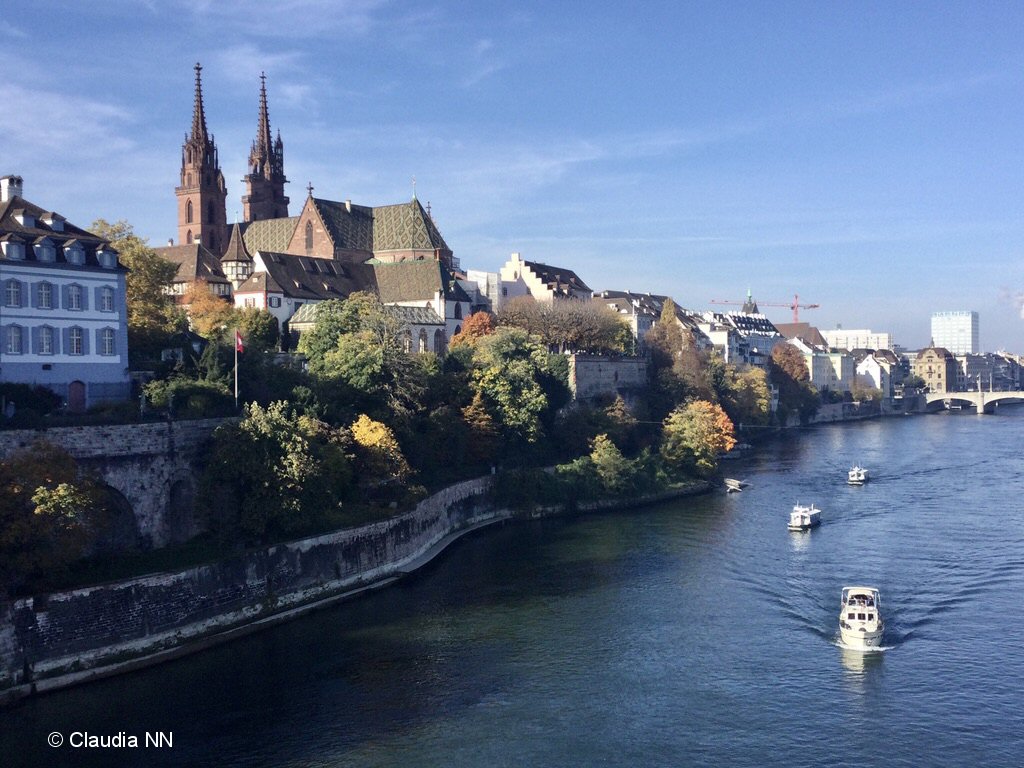 Pictures of Jung’s childhood home and school in Basel
Pictures of Jung’s childhood home and school in Basel
« My earliest memories of art go back to those years at Klein-Hüningen. The house where my parents lived was the eighteenth-century parsonage, and in it there was a dark room. Here all the furniture was good, and old paintings hung on the walls. […] Often I would steal into that dark, sequestered room and sit for hours in front of the pictures, gazing at all this beauty. It was the only beautiful thing I knew. »
Quotes from C.G. Jung, MDR
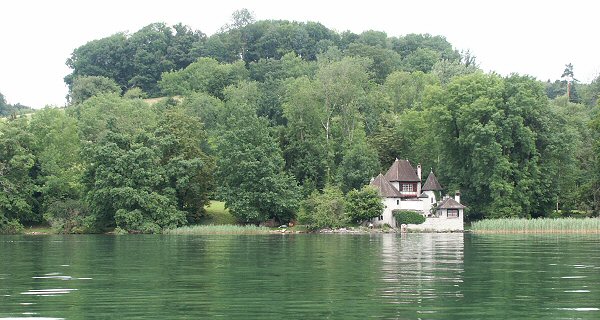 Pictures of the C.G. Jung Tower in Bollingen
Pictures of the C.G. Jung Tower in Bollingen
« From the beginning I felt the Tower as in some way a place of maturation – a maternal womb or maternal figure in which I could become what I was, what I am, and will be. It gave me a feeling as if I were being reborn in stone. It is thus a concretization of the individuation process, a memorial aere perennius. »
Quotes from C.G. Jung, MDR
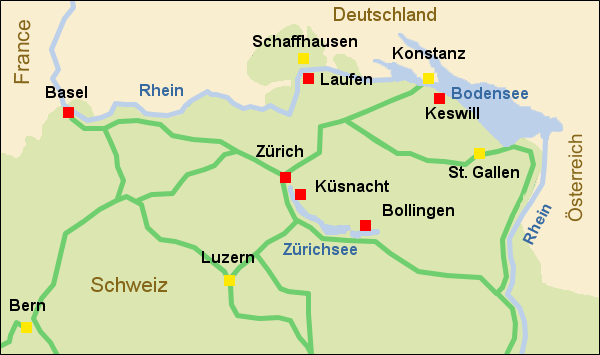 Living places of C.G Jung
Living places of C.G Jung
- Kesswil, his place of birth,
- Laufen, where he lived from the age of 6 months until 4 years,
- Küsnacht, where he lived from 1909 onwards,
- Bollingen, where he built his tower from 1922 onwards.
 Subscribe to our newsletter
Subscribe to our newsletter
By subscribing to our newsletter, you will receive updates directly to your inbox on newly published articles, interviews, book presentations, top picks, and events from the Jungian world.
